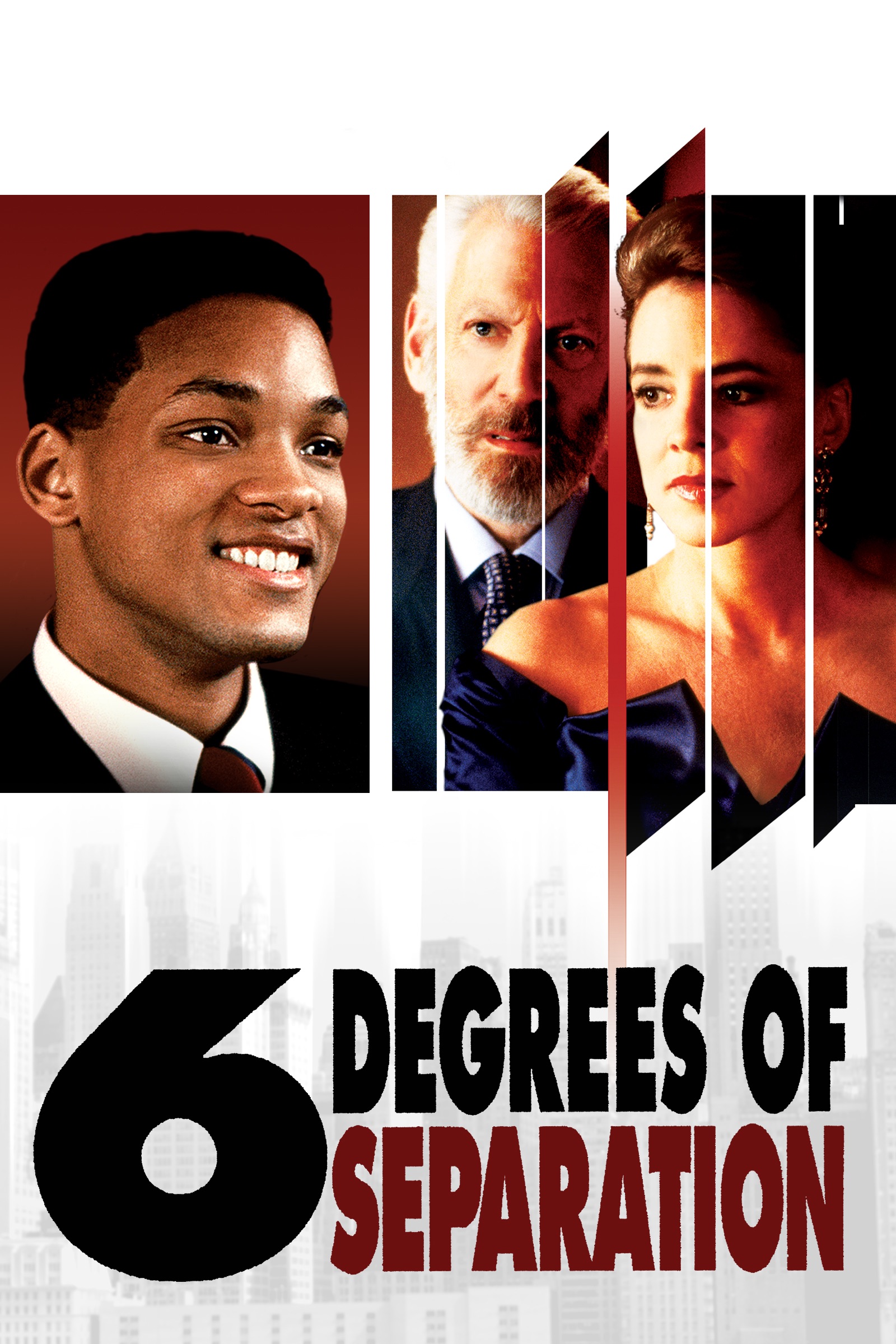

His freckles match up exactly! But we still had to get in touch with him directly-remember, he wouldn’t contact us, even if he saw the site. In December 2020, Reddit user th0may, Tom-Lucas Säger from Hamburg, Germany, used AI facial recognition image search PimEyes and discovered a photograph of a man holding a beer, which had been posted online in 2018.įurther searching revealed more photographs of this man, who lives in Nagano, Japan. In February 2020, the YouTube channel Inside A Mind did a video about the project, generating a lot of community interest in the project, including the revival of the Reddit forum and a Discord. In 2018, Asher Isbrucker created a podcast about the project, interviewing Laura and Mind Candy co-founder Adrian Hon. The trail was cold, with occasional surges of interest when people found the site for the first time and shared it. Laura contacted them a couple of years later and they said that at that point, they had no way to contact the person they knew, who knew Satoshi.) (There was one notable email early on that pointed the search at Los Angeles-but the person didn’t reply to follow-up questions. Over the years, Laura received many emails and tips about Satoshi’s identity, but none resulted in a connection. (See FAQ for more on how the puzzle was intended to be solved.) The Internet was very different in 2006 and we attempted to get as much spread as possible, but relied a lot on word of mouth and link-sharing. Third, he had been told a password, which he would reveal to whoever contacted him.Įarly on, there was some great news coverage, including a television interview on ABC and a writeup in The Guardian and The New York Times.If he saw the site, he wouldn’t reach out. Second, he had to be contacted directly.First, Satoshi had willingly agreed to participate in the game.Mind Candy confirmed additional information about the hunt: A Perplex City hint line gave the clue, “My name is Satoshi.” It features a man’s photograph and the Japanese characters 私を 見つけなさい (watashi o mitsuke nasai, “find me”). Puzzle #256 was a silver card titled “Billion to One”. (You can read more background about the game and silver-level cards here.) The game ended in 2008, and the website is now defunct. Players could solve the cards and enter solutions into the website, to appear on a leaderboard. On July 31, 2006, an alternate reality game (ARG) called Perplex City released foil packs of puzzle cards ranging in difficulty from easy (“red”) to impossible (“silver”). Thank you everyone who helped participate in the quest to find Satoshi! In 2020, thanks to the power of community, that person has been found! They gave us a photograph of a man, a name, and the Japanese characters that translate to “Find me”. In 2006, UK-based game company Mind Candy tested the theory of six degrees of separation as part of an Alternate Reality Game (ARG). Than those analysed in the previous literature.Is it possible to locate a man given only his photograph and first name? The answer is YES! The networks we are able to explore are almost two orders of magnitude larger More generally, we study the distanceĭistribution of Facebook and of some interesting geographic subgraphs, looking Separation", showing that the world is even smaller than we expected, and Observe is 4.74, corresponding to 3.74 intermediaries or "degrees of Million users, \appro圆9 billion friendship links). We report the results of the first world-scale social-network graph-distanceĬomputations, using the entire Facebook network of active users (\approx721 Intermediaries on the path of the postcards lay between 4.4 and 5.7, depending Passing them only through direct acquaintances. Usual path length-the number of arcs in the path.) Stanley Milgram in hisįamous experiment challenged people to route postcards to a fixed recipient by Of separation" is the same as "distance minus one", where "distance" is the Milgram's definition and Guare's interpretation, we will assume that "degrees Separation" phrase stuck after John Guare's 1990 eponymous play. Selected individual is part of the five, so this could actually allude toĭistance five or six in the language of graph theory, but the "six degrees of No more than five individuals, one of whom is a personal acquaintance, he couldĬontact the selected individual ".

(The exact wording of the story is slightly ambiguous: "He bet us that, using Suggested that any two persons are distanced by at most six friendship links.
#Four degrees of separation pdf
Authors: Lars Backstrom, Paolo Boldi, Marco Rosa, Johan Ugander, Sebastiano Vigna Download PDF Abstract: Frigyes Karinthy, in his 1929 short story "Láancszemek" ("Chains")


 0 kommentar(er)
0 kommentar(er)
